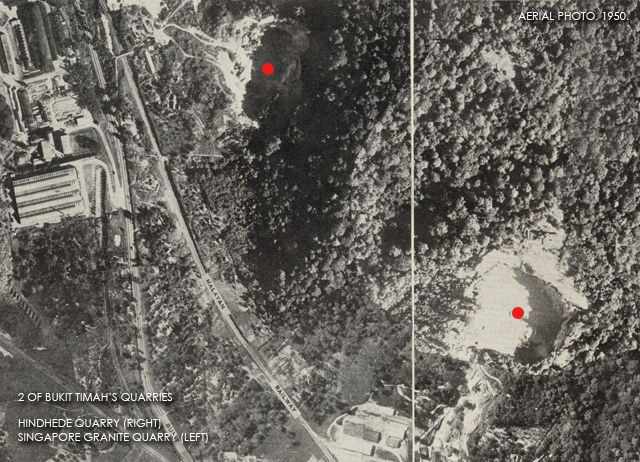- Super System
- Jun 5, 2020
- 3 min read
Fossils are formed in different ways, but most are formed when a plant or animal dies in a watery environment and is buried in mud and silt. Soft tissues quickly decompose leaving the hard bones or shells behind. Over time sediment builds over the top and hardens into rock. It is when the processes of erosion occur that these secrets in stone are revealed to us.

A fossil of a fern from Pittsburgh USA.
The term fossil refers to any trace of past life. A fossil may be an organism remains, such as plant, shells, teeth or bones. A fossil record can also be of the activity of an organism such as footprints, burrows and faeces.

A fossil of a fern from Pittsburgh USA. The fossil was purchased from a collector from carousell.
Types of Fossilization
Permineralization occurs when dissolved minerals carried by groundwater fill the cellular spaces of plants and animals. The dissolved minerals crystalise and produce rocks in the shape of the animal or plant. This is the most common type of fossil preservation and examples include teeth, bones, shells and wood.
Natural casts form when flowing water removes all of the original bone or tissue, leaving just an impression in sediment. Minerals fill in the mold, recreating the original shape of the organism. these are common marine invertebrates like shells.
Amber preserved are organisms that become trapped in tree resin that hardens into amber after the tree gets buried underground. Examples include insects, pollen, lizards and frogs.
Trace fossils record the activity of an organism. They include nests, burrows, imprints of leaves, footprints and poo.
Preserved remains record intact remains of animals, often including preserved skin, muscle, bone, hair and internal organs. Fossils form when an entire organism becomes encased in material such as ice or volcanic ash or buried in peat bogs. This is a much rarer form of preservation than the other forms above. Examples are mammoths,
Interview with Andy Chua

Your name please!
Andy Chua Koon Hong
Describe yourself (what do you do etc)
I am a 3d artist. I also author dinosaur storybooks for children, and give paleo-talks to schools, museums and libraries,
How did you get into collecting fossils and what made you get into fossils?
I have always loved dinosaurs since young. My interest took a backseat in my teenage years, but when I realised Kinokuniya at Takashimaya was selling real fossils, I bought two and instantly fell in love again.
How does fossilization occur?
When a living thing, whether it be a plant or animal, is quickly buried by sediment instead of rotting away or being eaten up, there is a chance that its remains will be preserved. This is often a process of its organic compounds e.g. bones, leaves, shell being replaced by minerals. Other times, the organic remain of the living thing would have dissolved away, leaving a perfect mold or imprint behind. In both cases, what remains is now a fossil.
Is it possible to find fossils in Singapore?
Yes, I have personally found fossils in Singapore in the Jurong Formation which consists of sedimentary rocks.
Do you know of any history behind Singapore's prehistoric landscape?
Yes, the middle-West of Singapore is the Gombak norite, formed in the Early Palaeozoic. The middle part of Singapore is the Bukit Timah Granite, formed in the Early to Middle Triassic. The most important of all, the Jurong Formation, found in the West part of Singapore, is where we might find Late Triassic to Early Jurassic fossils.
What do you think Singapore would look like during the Triassic period?
I believe Singapore would be a coastal area (judging by the high number of marine fossils that can be found in the Jurong Formation) with many bivalves, ammonites, cephalopods and other marine invertebrates. It would be hot and humid, not unlike Singapore today. There is a chance that dinosaurs might have prowled the coastal shores. However, we have yet to find any verified dinosaur fossils.
You can find some of Andy's works here :
Fossil Finders #1:
Fossil Finders #2:
Fossil Finders #3:
Fossil Finders #4:
Facebook:
Instagram:




















